Price:₹35,000.00
The Markha Valley Trek is a popular trekking route located in the Ladakh region of India
Location: The Markha Valley Trek is situated in the Ladakh region of northern India, in the state of Jammu and Kashmir. The trek starts from the village of Chilling, which is about a 2-3 hour drive from Leh, the main city of Ladakh.
Altitude: The trek involves varying altitudes, with the highest point being Kongmaru La Pass at approximately 5,100 meters (16,732 feet) above sea level. It’s important to acclimatize properly due to the high altitude to avoid altitude sickness.
Route: The typical route for the Markha Valley Trek spans around 80 to 100 kilometers (50 to 62 miles) and usually takes around 6 to 8 days to complete. Here’s a rough itinerary:
- Chilling to Skiu: The trek usually starts from Chilling, and the first day involves hiking to Skiu, a small village along the Markha River. This is a relatively easy day of trekking.
- Skiu to Markha: The second day usually involves trekking from Skiu to Markha village. This part of the trek offers beautiful views of the surrounding landscapes and passes through several small villages.
- Markha to Hankar: On the third day, trekkers typically continue from Markha to Hankar. This part of the trek involves crossing the river multiple times and offers stunning views of the valley.
- Hankar to Nimaling: The fourth day usually involves trekking from Hankar to Nimaling, which is a high altitude pastureland. This part of the trek offers panoramic views of the surrounding mountains.
- Nimaling to Shang Sumdo via Kongmaru La Pass: On the fifth day, trekkers usually trek from Nimaling to Shang Sumdo via the challenging Kongmaru La Pass. This is the highest point of the trek and offers breathtaking views of the Himalayas.
- Shang Sumdo to Leh: The final day usually involves trekking from Shang Sumdo to the road head where vehicles will be waiting to take trekkers back to Leh.
Difficulty: The Markha Valley Trek is considered moderately difficult. While the terrain is not extremely technical, the high altitude and long hours of trekking each day can be physically demanding. Proper acclimatization and physical fitness are important for completing the trek safely.
Best Time to Trek: The best time to undertake the Markha Valley Trek is from mid-June to September when the weather is relatively stable and the trekking routes are accessible. However, it’s essential to check local conditions before planning your trek as weather patterns can vary.
Overall, the Markha Valley Trek offers a wonderful opportunity to experience the breathtaking landscapes and rich culture of the Ladakh region.
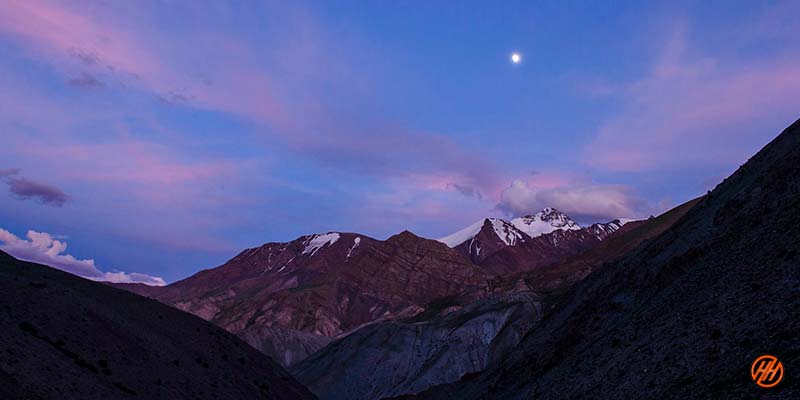
About Markha Valley Trek
The Markha Valley Trek has a history deeply intertwined with the cultural and geographical landscape of Ladakh, a region known for its remote and rugged terrain. While specific historical records of the trek may be scarce, the route itself follows ancient pathways that have been used by local inhabitants for centuries for trade, travel, and migration.
- Historical Trade Route: The Markha Valley, like many other valleys in the Himalayan region, has historically served as a crucial trade route connecting the remote villages of Ladakh with neighboring regions such as Tibet, Kashmir, and Central Asia. Merchants and traders would traverse these routes, transporting goods such as salt, wool, tea, and other commodities.
- Cultural Exchange: Along the trekking route, one can encounter Buddhist monasteries, ancient forts, and traditional villages that speak to the cultural heritage of the region. These sites reflect the historical interactions between the Tibetan Buddhist culture of Ladakh and the broader Himalayan and Central Asian cultures.
- Nomadic Pastoralism: The high-altitude pastures of the Markha Valley have long been used by nomadic herders for grazing their livestock, including yaks, sheep, and goats. The trek passes through several grazing grounds where nomadic families still maintain their traditional way of life, herding their animals across vast stretches of the Himalayan landscape.
- Modern Trekking Era: While the historical use of the route was primarily for trade and local travel, the modern era has seen the emergence of trekking as a popular activity in Ladakh. In the mid-20th century, adventurous travelers began exploring the region on foot, seeking to experience its pristine natural beauty and unique cultural heritage.
- Tourism Development: Over time, the Markha Valley Trek gained recognition as one of the premier trekking routes in the Himalayas, attracting trekkers from around the world. Local communities have adapted to the influx of tourists by establishing homestays, guesthouses, and other facilities along the route, contributing to the region’s economic development.
- Conservation Efforts: As tourism in Ladakh has grown, there has been increasing awareness of the need to balance conservation with development. Efforts have been made to promote responsible tourism practices and preserve the fragile ecosystems of the region, including initiatives to minimize waste, protect wildlife habitats, and support sustainable livelihoods for local communities.
Overall, the history of the Markha Valley Trek reflects the enduring connection between humans and the natural environment in the Himalayan region, as well as the ongoing evolution of Ladakh’s cultural identity in the modern era.
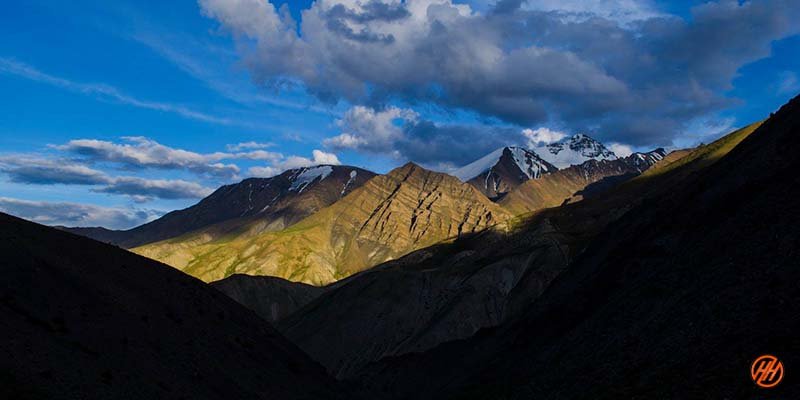
Short Itinerary of Markha Valley Trek Leh Ladkh
- Day 01 – Arrive in Leh. Rest & Acclimatization.
- Day 02 – Acclimatization in Leh city
- Day 03 – Drive to Skiu . (1/2 Hour). Same day Trek to Skiu Camp (1 hours)overnight stay Camp
- Day 04 – After breakfast trek Skiu to Sara – 3500 m (10 km) 5/-6 hours overnight stay Camp
- Day 05 – Trek from – Sara to Markha 3710 m (10 hours) 5-6 hours overnight stay Camp
- Day 06 – Trek – Markha to Lower Hunkar 3968 m (6 hours) overnight stay Camp
- Day 07 – Trek from Lower Hunkar to Nimaling – 4535 m (6-7 hours)overnight stay Camp
- Day 08 –Trek from Nimaling to Leh 3500 m via Kongmaru las pass 5336m (8 hours trek) same day drive to leh 3 hours overnight Hotel
- Day 09 – Departure from Leh
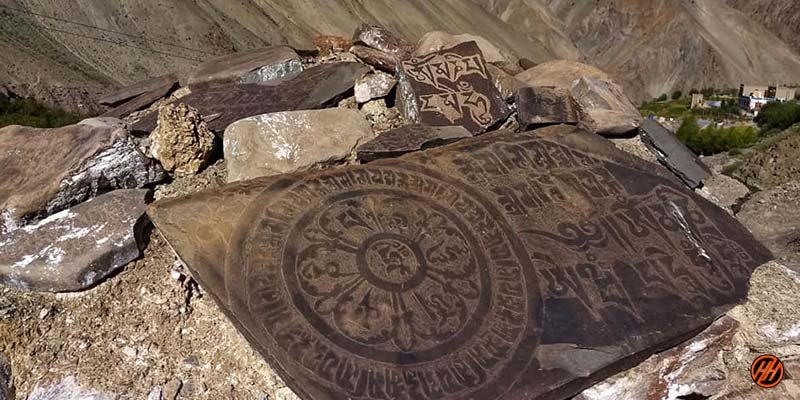
The difficulty level of the Markha Valley Trek?
The difficulty level of the Markha Valley Trek is typically considered moderate to moderately difficult, depending on various factors such as altitude, terrain, weather conditions, and individual fitness levels. Here’s a breakdown of some key aspects contributing to the trek’s difficulty:
- Altitude: The trek involves hiking through high-altitude terrain, with the highest point, Kongmaru La Pass, reaching approximately 5,100 meters (16,732 feet) above sea level. Altitude sickness can be a concern for some trekkers, especially if proper acclimatization is not observed. It’s essential to ascend gradually, stay hydrated, and listen to your body to prevent altitude-related illnesses.
- Terrain: The trail encompasses a variety of terrain, including rocky paths, river crossings, narrow gorges, and steep ascents and descents. Some sections may require scrambling over boulders or navigating narrow ridges, adding to the physical challenge of the trek.
- Duration and Distance: The standard itinerary for the Markha Valley Trek spans around 6 to 8 days, covering approximately 80 to 100 kilometers (50 to 62 miles). Trekking for several consecutive days with long hours of walking can be physically demanding, particularly for those who are not accustomed to hiking or carrying a backpack.
- Weather Conditions: Ladakh experiences extreme weather conditions, with temperature fluctuations ranging from hot during the day to freezing at night, especially at higher altitudes. Trekkers may encounter strong winds, sudden changes in weather, and occasional snowfall, particularly if trekking early or late in the season.
- Remote Location: The trek takes place in a remote and isolated region, far from medical facilities and other amenities. Trekkers need to be self-sufficient and prepared for unforeseen circumstances, such as injury or adverse weather conditions. Carrying essential gear, including a first aid kit, extra clothing, and sufficient food and water, is crucial for safety and comfort.
Overall, while the Markha Valley Trek is achievable for most physically fit individuals with some trekking experience, it does require preparation, perseverance, and a respect for the challenges posed by the high-altitude environment. Proper training, acclimatization, and adherence to safety guidelines can help ensure a rewarding and enjoyable trekking experience in this stunning Himalayan landscape.
How to Reach Leh for Markha Malley Trek?
Reaching Leh, the starting point for the Markha Valley Trek, typically involves traveling by air or road, as the region is landlocked and located in the remote Himalayan Mountains. Here are the primary ways to reach Leh:
By Air:
- Flight to Leh: The most common and convenient way to reach Leh is by air. Kushok Bakula Rimpochee Airport in Leh is well-connected to major cities in India, including Delhi, Mumbai, Bangalore, and Srinagar. Several airlines operate regular flights to Leh, especially during the peak tourist season from May to September. Flight duration varies depending on the origin city but generally ranges from 1.5 to 2.5 hours.
By Road:
- Manali-Leh Highway: The Manali-Leh Highway is a popular road route to Leh, especially for those traveling from northern India. The highway passes through breathtaking landscapes, high mountain passes, and remote villages. The journey from Manali to Leh covers a distance of approximately 473 kilometers (294 miles) and typically takes around 2 days, with an overnight stop in Keylong or Sarchu. The highway is open from late May to early October, depending on weather conditions.
- Srinagar-Leh Highway: Another scenic road route to Leh is via the Srinagar-Leh Highway, which connects Leh with the city of Srinagar in the Kashmir Valley. This route traverses through the picturesque Kashmir Valley, crossing high mountain passes like Zoji La and Fotu La. The distance between Srinagar and Leh is approximately 434 kilometers (270 miles), and the journey usually takes around 2 days, with an overnight stop in Kargil. Similar to the Manali-Leh Highway, the Srinagar-Leh Highway is open from late May to early October.
Once you reach Leh, you can make arrangements for the Markha Valley Trek, including hiring a guide, obtaining permits (if required), and arranging transportation to the trek’s starting point in Chilling or Spituk, depending on your chosen route. Leh also offers various accommodation options, restaurants, and stores where you can purchase trekking supplies and essentials before embarking on the trek.
Best time to Visit Markha Valley Trek Leh Ladakh India
The best time to undertake the Markha Valley Trek is during the summer months, from mid-June to September, when the weather is most conducive to trekking and the trails are generally free from snow. Here’s why:
- Weather: During the summer months, Ladakh experiences relatively mild temperatures and clear skies, making it an ideal time for outdoor activities like trekking. Daytime temperatures in the Markha Valley during this period typically range from 15°C to 25°C (59°F to 77°F), offering comfortable conditions for hiking.
- Accessibility: The summer season sees the opening of high-altitude passes and mountain trails, including the ones used for the Markha Valley Trek. Roads leading to Leh, the starting point for the trek, are also open and accessible, allowing for easy travel to the region.
- Scenery: The summer season brings vibrant colors to the landscapes of the Markha Valley, with blooming wildflowers, lush greenery, and snow-capped peaks creating a picturesque backdrop for trekking. The rivers are also more manageable for crossings compared to other times of the year.
- Cultural Festivals: Ladakh is known for its vibrant cultural festivals, some of which coincide with the summer months. Visitors trekking in the Markha Valley during this time may have the opportunity to witness local festivals, such as Hemis Festival, which celebrates Tibetan Buddhism and includes colorful masked dances and rituals.
While summer is the most popular time to visit the Markha Valley, it’s essential to be prepared for fluctuations in weather, especially at higher altitudes. Trekkers should carry appropriate gear for varying conditions, including warm clothing, rain gear, sun protection, and sturdy trekking shoes.
Additionally, it’s advisable to check local conditions and forecasts before embarking on the trek, as weather patterns can be unpredictable in mountainous regions. Overall, the summer months offer the best combination of favorable weather, accessibility, and scenic beauty for experiencing the Markha Valley Trek to its fullest.
Trekking with Himalayan Hikers on the Markha Valley Trek
Trekking with Himalayan Hikers on the Markha Valley Trek offers an immersive and unforgettable experience for several reasons:
- Expertise: Himalayan Hikers is renowned for its experienced guides who are well-versed with the local terrain, culture, and safety measures. They ensure a smooth and enriching trekking experience.
- Scenic Beauty: The Markha Valley Trek is renowned for its breathtaking vistas, including snow-capped peaks, lush valleys, picturesque villages, and ancient monasteries. Himalayan Hikers ensures you witness the best of these natural wonders.
- Cultural Immersion: Trekking with Himalayan Hikers allows you to interact with the local Ladakhi people, experiencing their unique culture, traditions, and hospitality firsthand. You’ll have the opportunity to stay in traditional homestays and learn about their way of life.
- Small Groups: Himalayan Hikers typically organizes small group treks, fostering a more intimate and personalized experience. This allows for better interaction with the guides and fellow trekkers, creating a sense of camaraderie.
- Safety Measures: Safety is paramount on any trek, and Himalayan Hikers prioritizes it by providing well-equipped guides, first aid kits, and adhering to safety protocols. They also have emergency evacuation plans in place if needed.
- Customization: Whether you’re a novice or an experienced trekker, Himalayan Hikers can tailor the trek to suit your preferences and fitness levels. They offer various itinerary options and can accommodate special requests.
- Responsible Tourism: Himalayan Hikers is committed to responsible and sustainable tourism practices. They strive to minimize environmental impact, support local communities, and promote eco-friendly trekking initiatives.
Preparing for the Markha Valley Trek
Preparing for the Markha Valley Trek involves several key aspects to ensure a safe and enjoyable experience. Here’s a guide to the type of preparation you should consider:
- Physical Fitness: The Markha Valley Trek involves walking long distances over varied terrain and altitudes. Building endurance through cardiovascular exercises like hiking, jogging, or cycling, as well as strength training for leg muscles, will help you tackle the trek with ease. Aim for a fitness level that allows you to walk for several hours a day with a backpack.
- Altitude Acclimatization: Markha Valley Trek reaches altitudes above 4,000 meters (13,000 feet), which can lead to altitude-related sickness if not acclimatized properly. Consider arriving in Leh, the starting point of the trek, a few days in advance to acclimatize to the high altitude. During the trek, ascend gradually, stay hydrated, and listen to your body for any signs of altitude sickness.
- Packing Essentials: Pack light but ensure you have all the essential gear. This includes sturdy hiking boots, comfortable clothing suitable for layering, a warm insulated jacket, rain gear, a good quality backpack, sleeping bag, headlamp or flashlight, water bottle, sunscreen, sunglasses, hat, and personal toiletries. Don’t forget any necessary medications and a basic first aid kit.
- Training Hikes: Prior to the trek, undertake some training hikes to simulate the conditions you’ll encounter on the Markha Valley Trek. This will help you gauge your fitness level, break in your hiking boots, and familiarize yourself with carrying a backpack for extended periods.
- Mental Preparation: Trekking in remote mountainous regions can be physically and mentally challenging. Prepare yourself mentally for long days of walking, unpredictable weather conditions, and basic accommodation facilities. Stay positive, be flexible, and embrace the adventure.
- Research and Planning: Familiarize yourself with the route, terrain, and potential challenges of the Markha Valley Trek. Study maps, read trekking guides, and seek advice from experienced trekkers or tour operators like Himalayan Hikers. Plan your itinerary, including rest days for acclimatization and contingencies for emergencies.
- Permits and Documentation: Ensure you have all the necessary permits and documentation required for the trek, including any permits for entering restricted areas or national parks. Check the latest regulations and obtain permits well in advance to avoid any last-minute hassles.

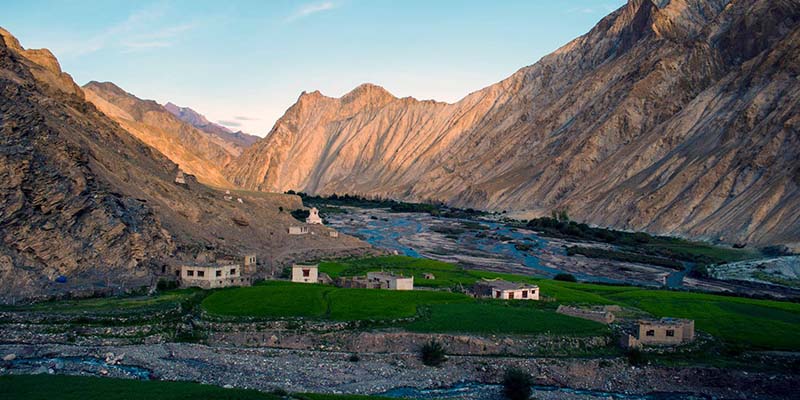
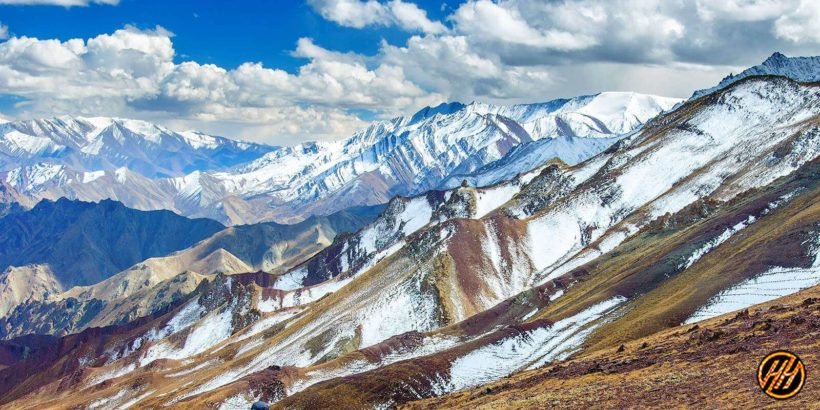
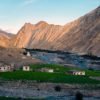
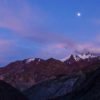

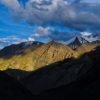
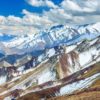
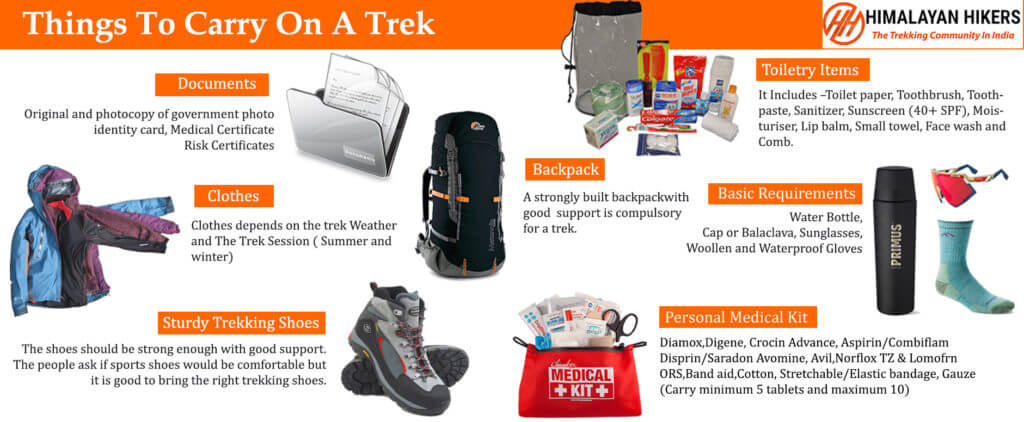


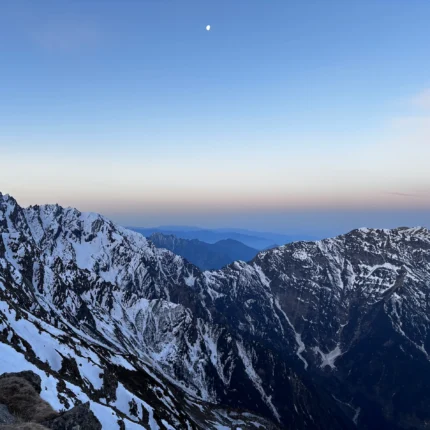
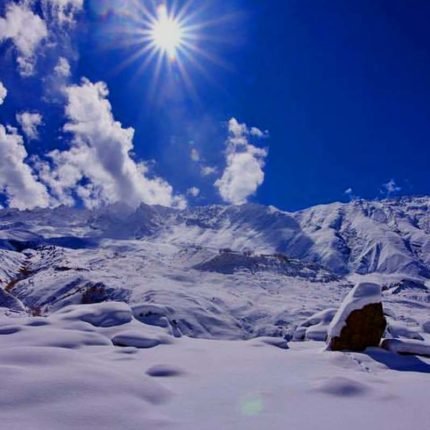
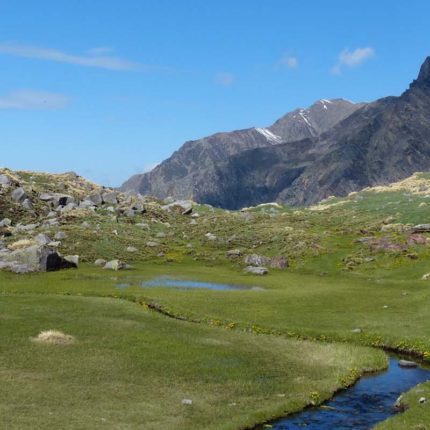
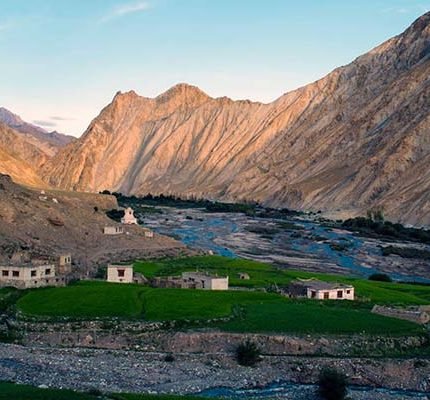
Reviews
There are no reviews yet.